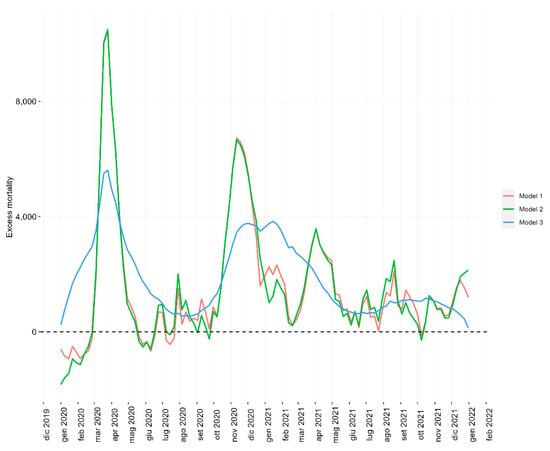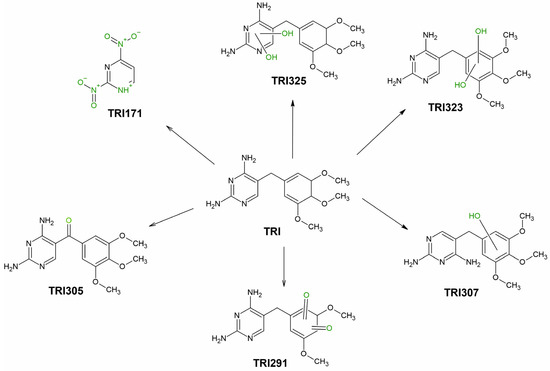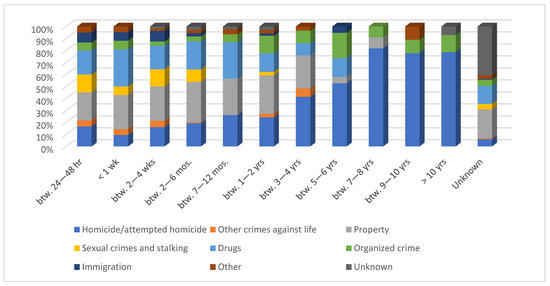1
Statistical Service, Istituto Superiore di Sanità, 00161 Rome, Italy
2
Department of Infectious Diseases, Istituto Superiore di Sanità, 00161 Rome, Italy
3
Department of Statistical Sciences, La Sapienza University, 00185 Rome, Italy
4
Division of Population Register, Demographic and Living Conditions Statistics, Italian National Institute of Statistics, 00184 Rome, Italy
5
Dipartimento GEPLI, Libera Università Maria Ss Assunta, 00193 Rome, Italy
Int. J. Environ. Res. Public Health 2022, 19(24), 16998; https://doi.org/10.3390/ijerph192416998 - 17 Dec 2022
Cited by 5 | Viewed by 2504
Abstract
Introduction: Excess mortality (EM) is a valid indicator of COVID-19’s impact on public health. Several studies regarding the estimation of EM have been conducted in Italy, and some of them have shown conflicting values. We focused on three estimation models and compared their
[...] Read more.
Introduction: Excess mortality (EM) is a valid indicator of COVID-19’s impact on public health. Several studies regarding the estimation of EM have been conducted in Italy, and some of them have shown conflicting values. We focused on three estimation models and compared their results with respect to the same target population, which allowed us to highlight their strengths and limitations. Methods: We selected three estimation models: model 1 (Maruotti et al.) is a Negative-Binomial GLMM with seasonal patterns; model 2 (Dorrucci et al.) is a Negative Binomial GLM epidemiological approach; and model 3 (Scortichini et al.) is a quasi-Poisson GLM time-series approach with temperature distributions. We extended the time windows of the original models until December 2021, computing various EM estimates to allow for comparisons. Results: We compared the results with our benchmark, the ISS-ISTAT official estimates. Model 1 was the most consistent, model 2 was almost identical, and model 3 differed from the two. Model 1 was the most stable towards changes in the baseline years, while model 2 had a lower cross-validation RMSE. Discussion: Presently, an unambiguous explanation of EM in Italy is not possible. We provide a range that we consider sound, given the high variability associated with the use of different models. However, all three models accurately represented the spatiotemporal trends of the pandemic waves in Italy.
Full article
(This article belongs to the Special Issue The Effect of COVID-19 Pandemic on Overall and Cause-Specific Mortality)
▼
Show Figures











